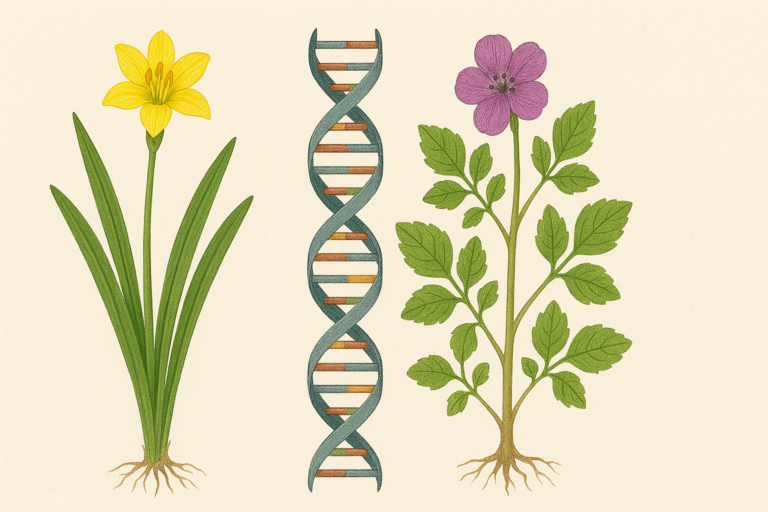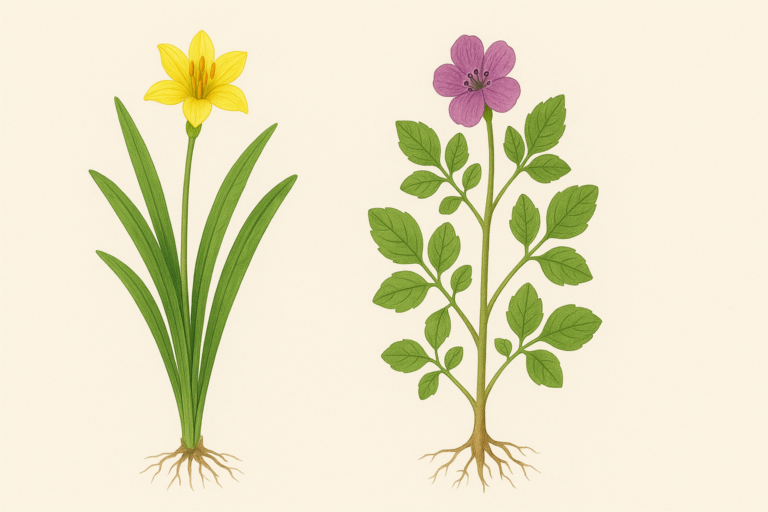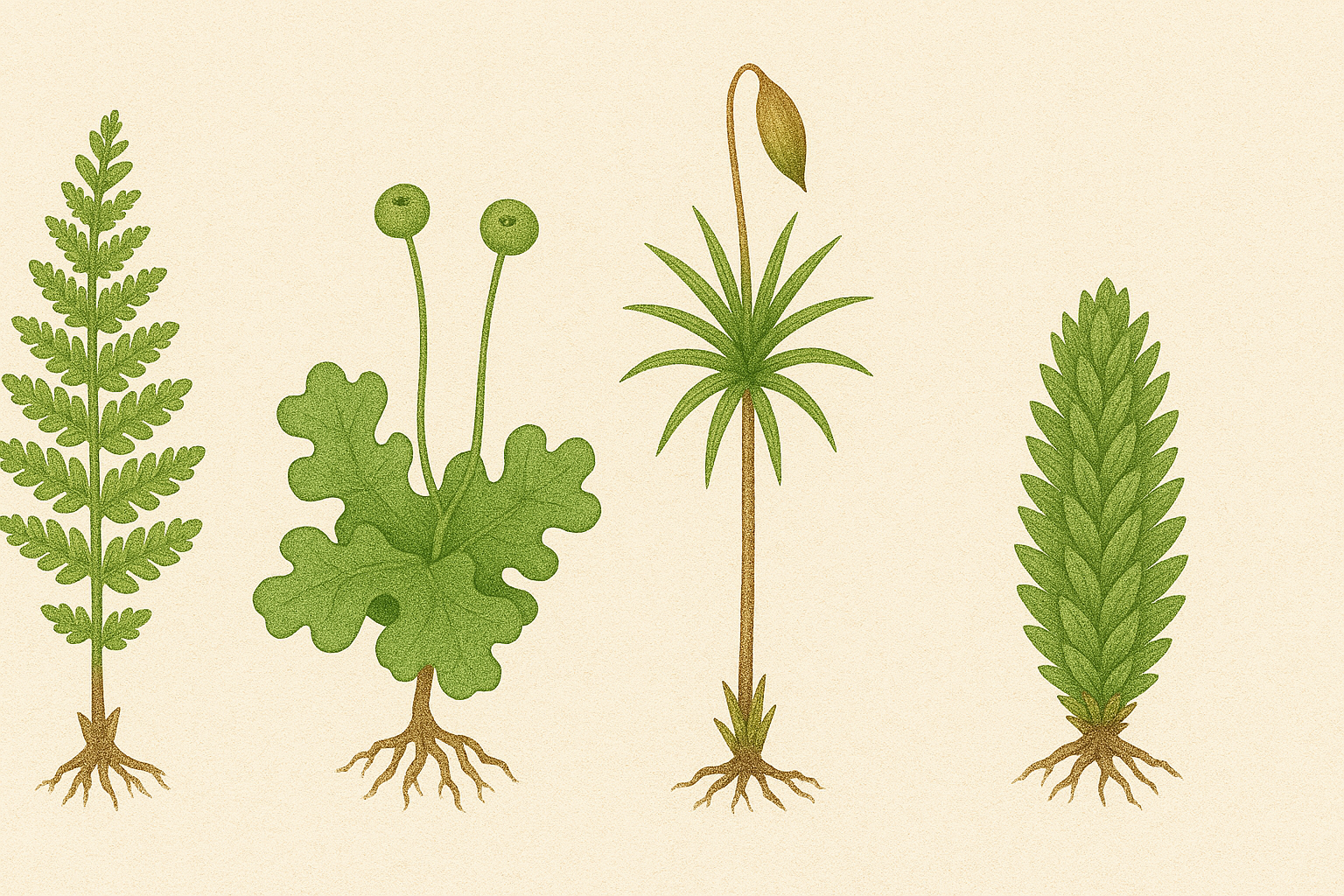
The study of the Earth’s oldest plants offers a fascinating glimpse into the history of our planet and the evolution of life.
These ancient organisms provide invaluable insights into environmental changes over time and the dynamic relationships between organisms and their habitats.
In this article I write my findings about some of the oldest plants on Earth, their characteristics, and what they can tell us about our planet.
The Oldest Plants on Earth
The title of the ‘oldest plant’ is typically awarded to mosses, liverworts and hornworts, collectively known as bryophytes.
According to taxonomic databases like Kew POWO, these non-vascular plants first appeared around 470 million years ago.
Bryophytes
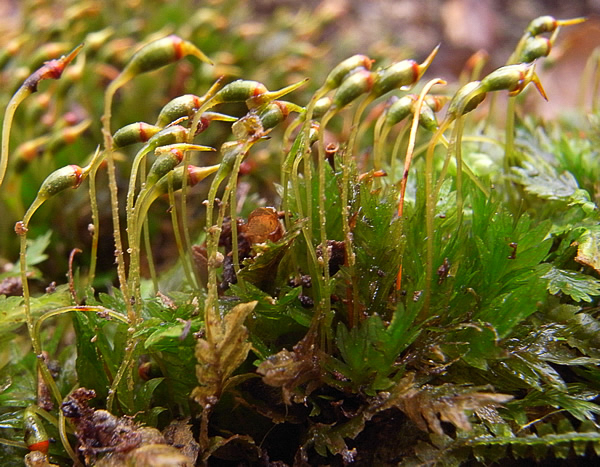
Bryophytes are small, herbaceous plants that grow closely packed together in mats or cushions on rocks, soil, or as epiphytes on the trunks and leaves of forest trees. They play an essential role in regulating ecosystems by maintaining soil humidity, acting as bioindicators for air quality, and assisting in the prevention of soil erosion.
Ferns
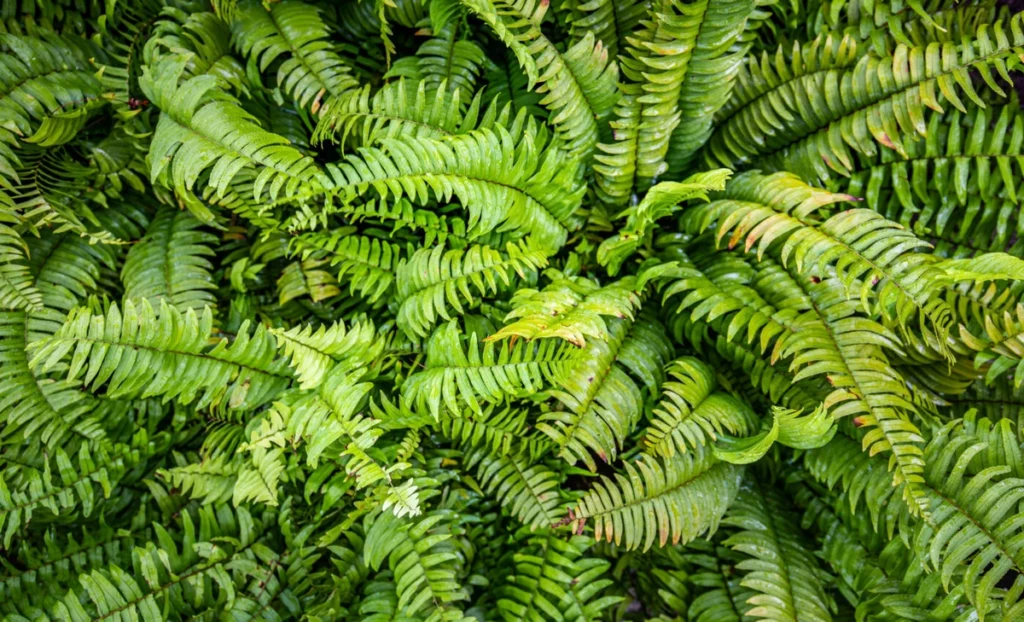
Ferns, which first appeared around 360 million years ago, are also among the Earth’s oldest plants. Unlike bryophytes, ferns are vascular plants, meaning they have specialized tissues (xylem and phloem) for water and nutrient transport.
Gymnosperms
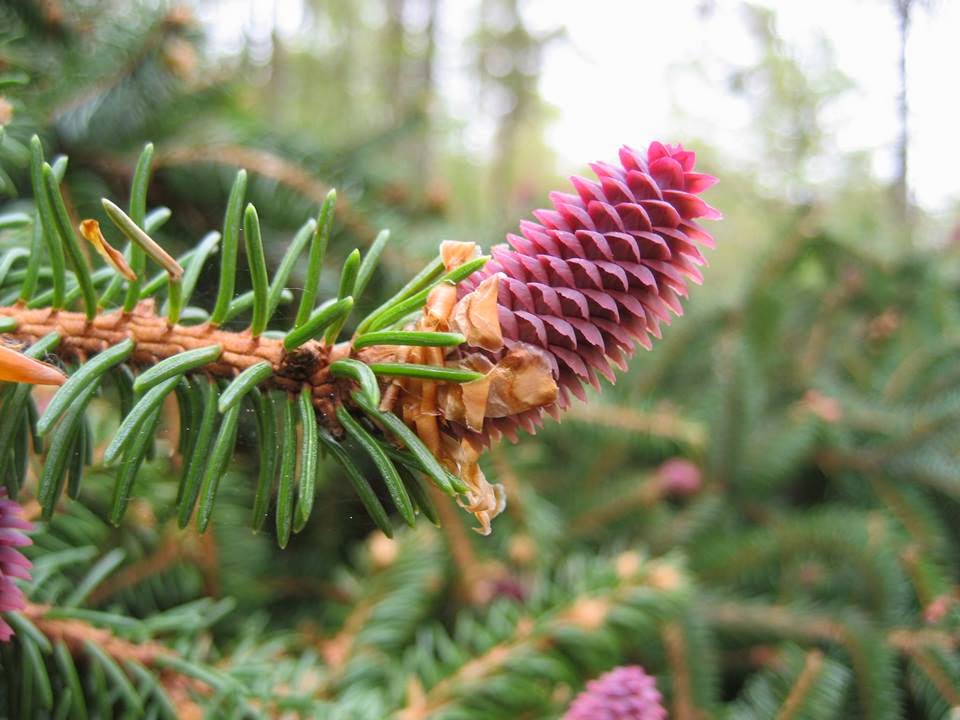
Gymnosperms, a group that includes conifers such as pines and spruces, emerged around 290 million years ago. Unlike ferns, gymnosperms produce seeds, an evolutionary innovation that provides certain advantages, such as protection and nourishment for the embryo and aiding in dispersal.
What These Plants Tell Us about Our Planet
Studying these ancient plants can provide a wealth of information about Earth’s past climates and environments. For example, the presence of certain bryophyte species is often associated with specific environmental conditions, making them useful for reconstructing past climates.
Gymnosperm fossils, particularly those of ancient conifers, have also provided crucial clues about past climates. The dense wood of these trees can preserve annual growth rings, which researchers can use to infer climates from millions of years ago.
Cultivation and Care
For practical advice on cultivation and care, standard practices suggest that bryophytes, ferns, and gymnosperms all require specific conditions to thrive. Bryophytes, for instance, generally prefer a shady, moist environment. Ferns typically do well in a well-drained soil, while most gymnosperms prefer a sunny location and well-drained soil.
Sustainability Considerations
Preserving these ancient plant species is crucial for maintaining biodiversity. The conservation status of many of these plants, as defined by the IUCN Red List, is threatened by habitat destruction and climate change. Strategies for sustaining these species include habitat protection, cultivation in botanical gardens, and seed banking.
Conclusion
The study of the Earth’s oldest plants not only provides a fascinating glimpse into the past but also offers valuable insights for future conservation efforts. By understanding and preserving these ancient species, we can learn more about the history of our planet and help maintain its rich biodiversity.
References
Kew Science. (n.d.). Bryophytes. Retrieved from https://www.kew.org/science/our-science/plants-fungi/bryophytes.
Missouri Botanical Garden. (n.d.). Bryophytes. Retrieved from https://www.missouribotanicalgarden.org/.
NCBI. (2019). The role of bryophytes in carbon and nitrogen cycling. Retrieved from https://www.ncbi.nlm.nih.gov/.
Kew Science. (n.d.). Ferns. Retrieved from https://www.kew.org/science/our-science/plants-fungi/ferns.
Flora of North America. (n.d.). Gymnosperms. Retrieved from http://floranorthamerica.org/.
The Plant List. (2013). Gymnosperms. Retrieved from http://www.theplantlist.org/.
NCBI. (2018). The use of bryophytes as bioindicators of past climate. Retrieved from https://www.ncbi.nlm.nih.gov/.
Nature Plants. (2017). Ancient trees and climate change. Retrieved from https://www.nature.com/nplants/.
Missouri Botanical Garden. (n.d.). Plant Care Guides. Retrieved from https://www.missouribotanicalgarden.org/.
IUCN Red List. (n.d.). The Red List of Threatened Species. Retrieved from https://www.iucnredlist.org/.
BGCI. (n.d.). Conservation strategies for ancient plants. Retrieved from https://www.bgci.org/.


